In a world increasingly aware of its energy consumption and the environmental impact that accompanies it, renewable energy sources are taking center stage. Among them, hydroelectric power is a standout contender. Hydroelectric power is the production of electrical energy through the harnessing of the kinetic energy of flowing or falling water. It plays a significant role in the global energy production landscape and is responsible for a large percentage of the world’s renewable electricity.
Table of Contents
The History of Hydroelectric Power
From Ancient Civilizations to Modern Times
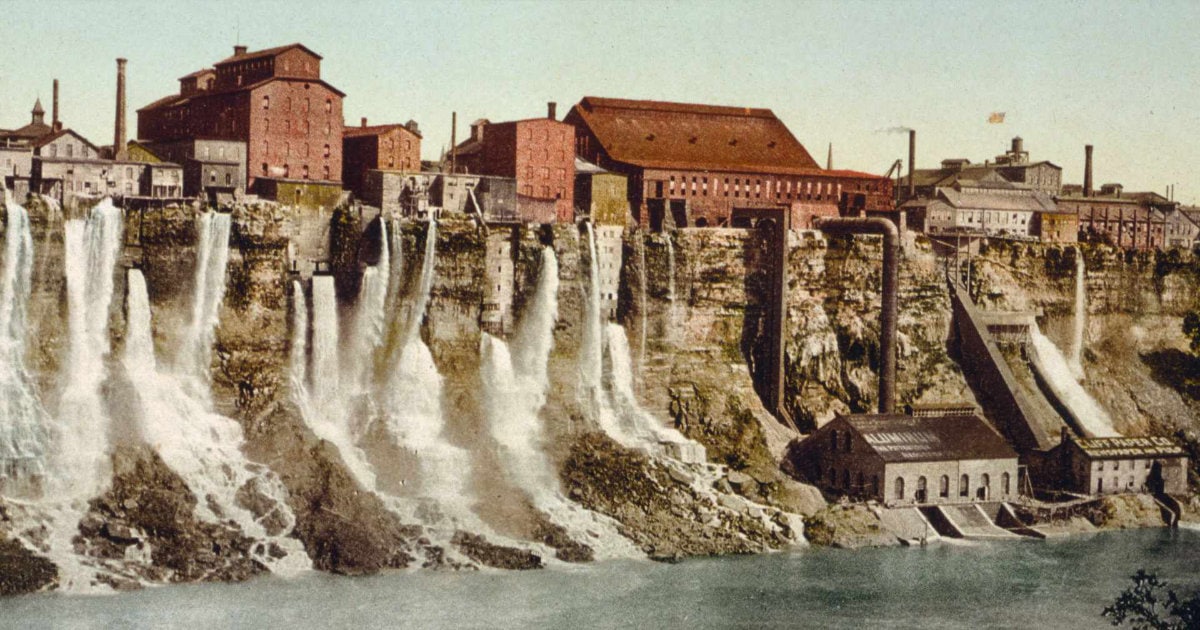
The concept of harnessing water for power is not new. It dates back to ancient civilizations that used water wheels to grind grain and perform other mechanical tasks. The Industrial Revolution saw a shift in the application of water power with the introduction of the water turbine in the 19th century. It was not until 1882 that the world’s first hydroelectric power plant was constructed on the Fox River in Appleton, Wisconsin, USA. This was a milestone in energy production that marked the start of the widespread use of hydroelectric power.
Understanding Hydroelectric Power Systems
Components of Hydroelectric Power Plants
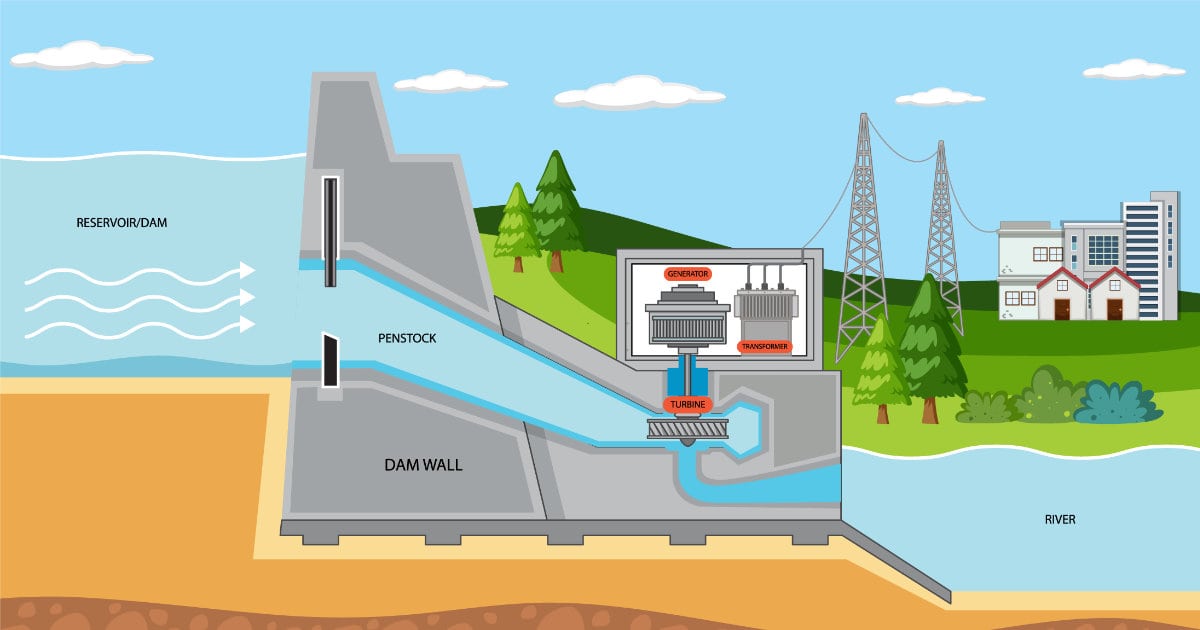
To comprehend the functioning of hydroelectric power, it’s essential to understand its core components. A typical hydroelectric power plant consists of a dam, a reservoir, turbines, and generators.
The Dam: The dam is a massive structure that blocks a river’s flow, creating a large body of water known as the reservoir. It’s crucial for controlling the flow of water that is used to generate power.
The Reservoir: This is the body of water that forms behind the dam. When the demand for electricity is high, the stored water is released to spin the turbines.
The Turbines: The turbines are the heart of a hydroelectric power system. When water is released from the reservoir, it flows through and spins the turbines. The kinetic energy of the falling or flowing water is transferred to the turbine, causing it to rotate.
The Generators: Attached to the turbines, the generators convert the mechanical energy from the spinning turbines into electrical energy. This is done using electromagnetic induction, a process where the motion of the turbines within a magnetic field generates an electric current.
Types of Hydroelectric Power Plants
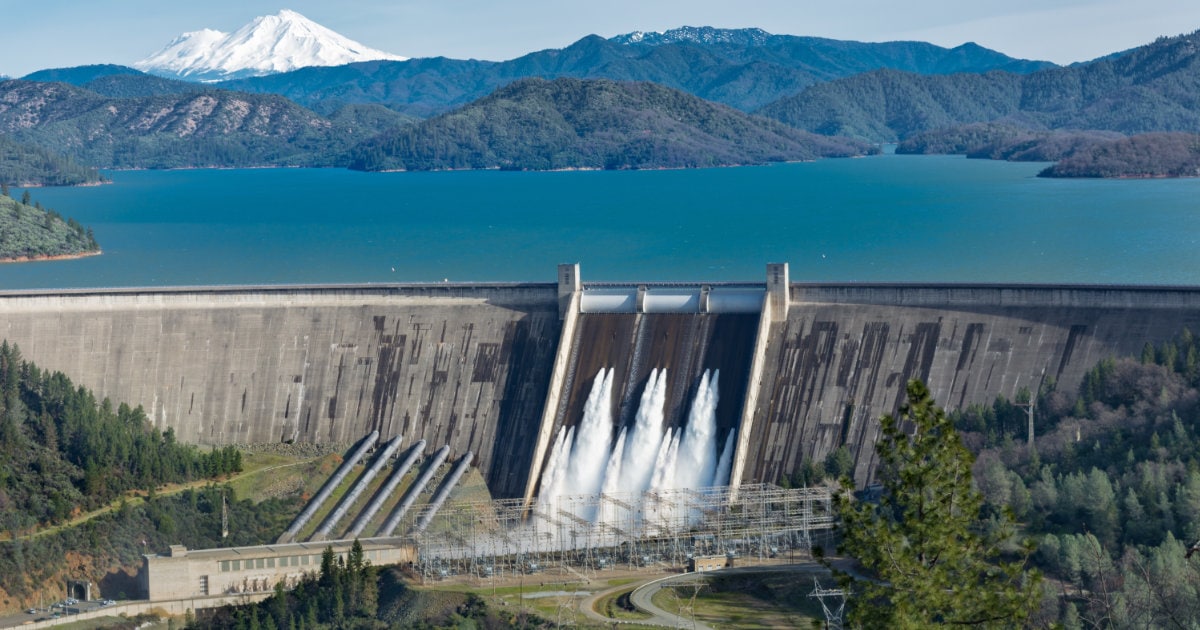
There are three primary types of hydroelectric facilities: impoundment, diversion, and pumped storage.
Impoundment Facilities: These are the most common type of hydroelectric power plant. An impoundment facility is a large power plant that uses a dam to store river water in a reservoir. When demand for electricity spikes, water is released from the reservoir to spin the turbines.
Diversion (Run-of-River) Facilities: These facilities channel a portion of the river’s flow through a canal or penstock and may not require the use of a dam.
Pumped Storage Facilities: These facilities store energy for use during periods of high electricity demand. During off-peak hours, excess electricity is used to pump water from a lower reservoir to an upper reservoir. During periods of high electrical demand, the stored water is released to generate electricity.
From Generation to Distribution: The Life Cycle of Hydroelectric Power
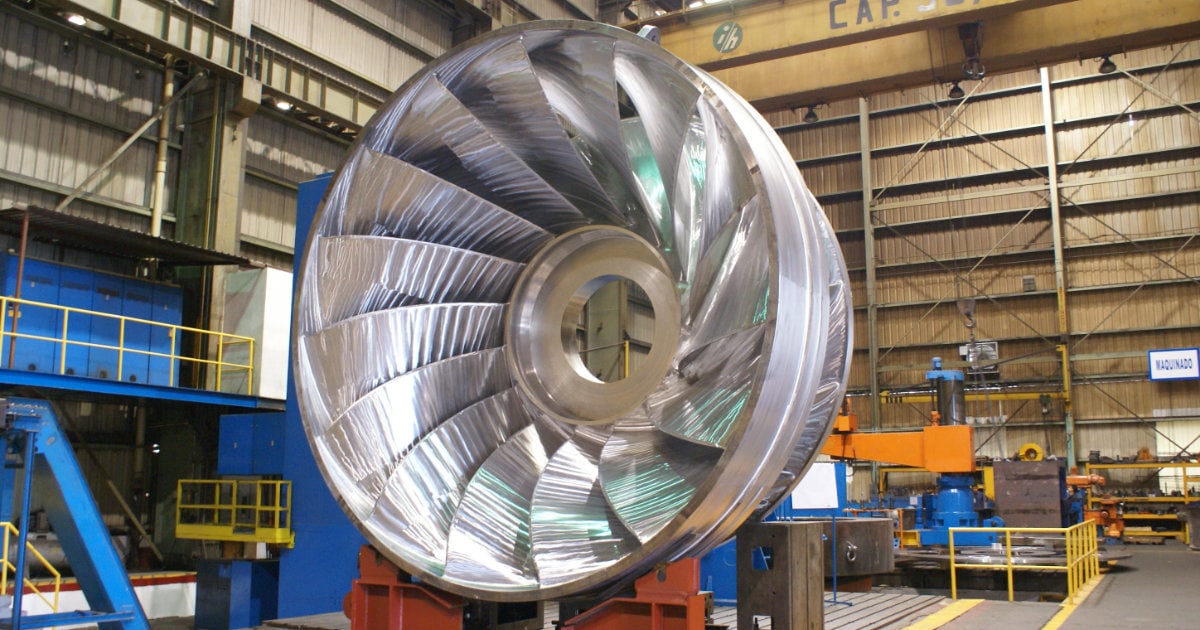
Once the water spins the turbines and the generators convert this mechanical energy into electrical energy, the generated electricity needs to be transmitted and distributed to end users. The electricity is sent through transformers to increase the voltage, making it suitable for long-distance transmission over power lines. Substations along the transmission lines reduce the voltage to a level suitable for local distribution to homes, businesses, and other consumers.
Efficiency and Impact: Evaluating Hydroelectric Power
Comparing Hydroelectric Power to Other Renewable Energies
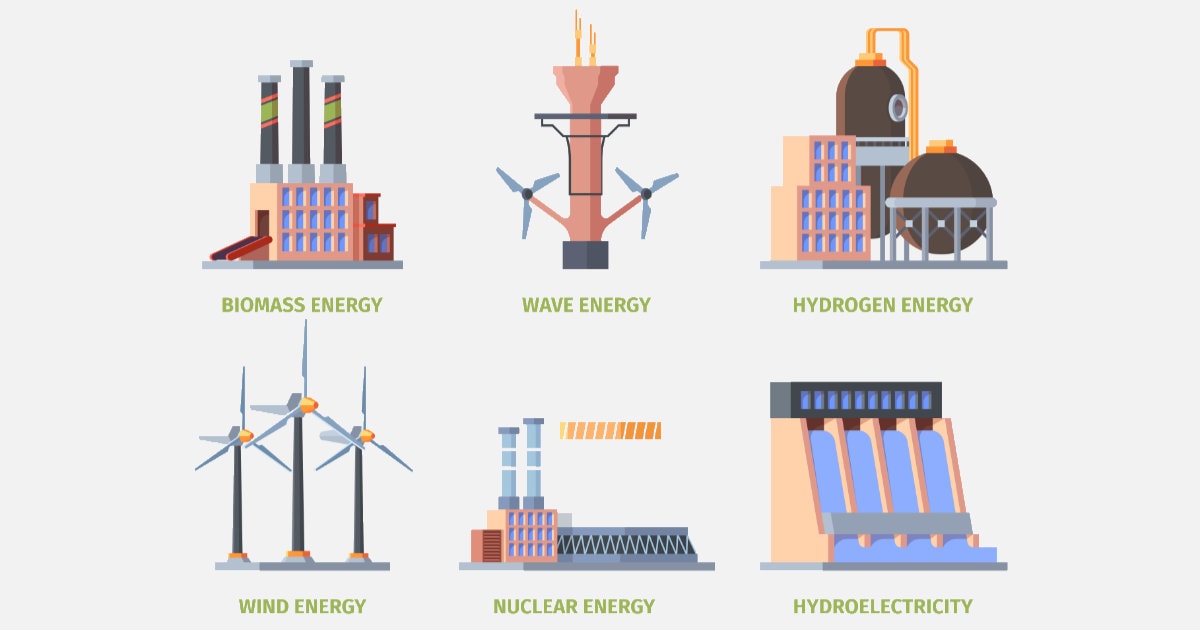
In terms of efficiency, hydroelectric power is tough to beat. The conversion efficiency of a hydroelectric power plant (the mechanical energy of moving water converted to electrical energy) can be as high as 90%. This is much higher than solar power, which averages around 15-20%, and wind power, which is about 35-45% on average.
Environmental Impacts of Hydroelectric Power
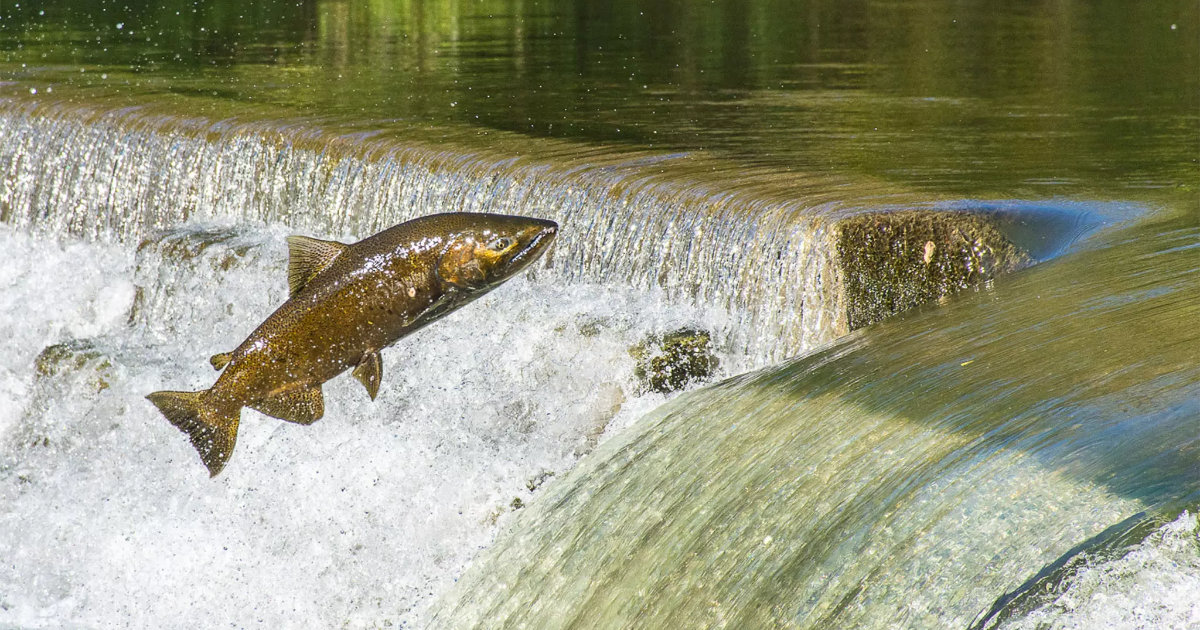
However, like all energy sources, hydroelectric power has its pros and cons. On the positive side, it is a source of renewable energy that does not directly emit greenhouse gases. But it’s not without impact on the environment. The creation of large reservoirs can lead to methane emissions, a potent greenhouse gas. Furthermore, the construction of dams often disrupts local ecosystems and can negatively affect aquatic wildlife. It also necessitates the displacement of local communities and leads to changes in the landscape.
The Economic Factors of Hydroelectric Power
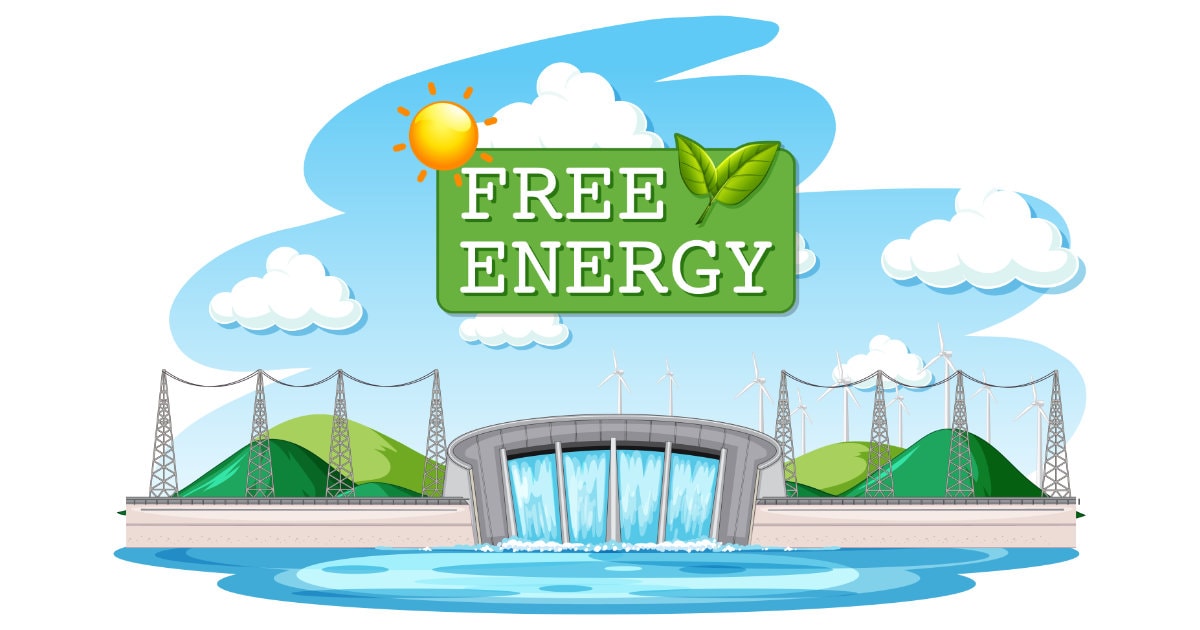
Economically, the upfront costs of hydroelectric power plants can be high due to the construction of infrastructure like dams and powerhouses. However, these facilities have long lifespans, often exceeding 50 to 100 years. Moreover, the operational costs are relatively low, making the long-term return on investment attractive. It also creates employment opportunities, both during the construction phase and in ongoing operations and maintenance.
Hydroelectric Power on a Smaller Scale
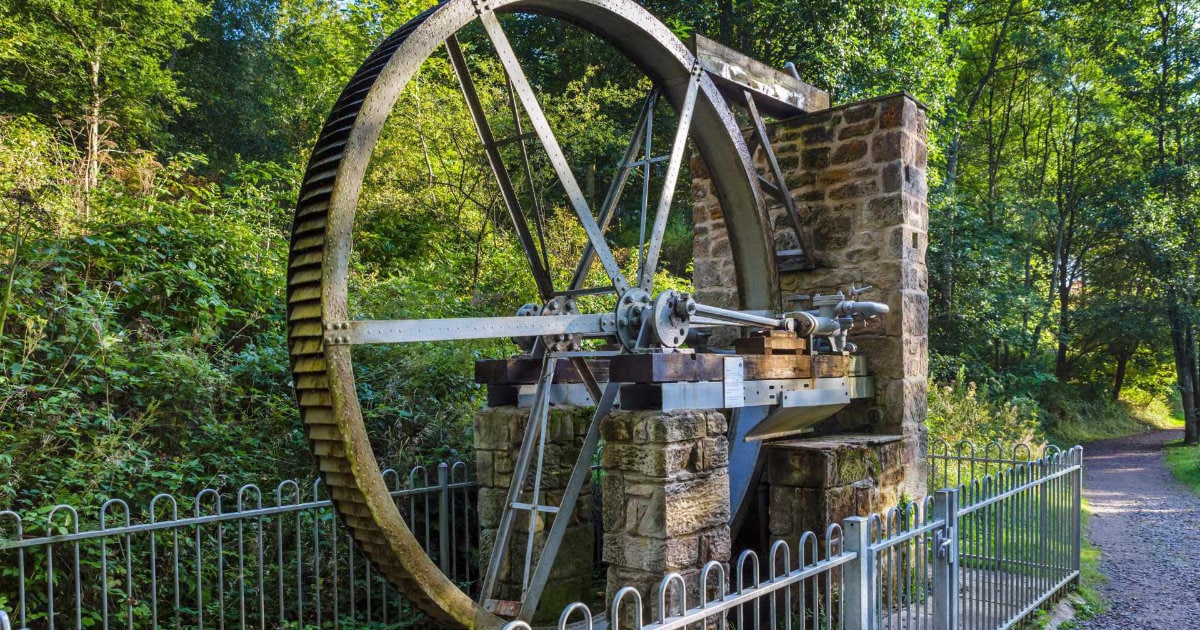
Hydroelectric power isn’t limited to large-scale operations. Small-scale hydro, or micro-hydro, systems can generate power for individual homes, small businesses, or remote communities. These systems function similarly to larger scale operations but on a reduced scale, often not requiring a dam. For people living near a water source, small-scale hydroelectric power can be a reliable and consistent form of renewable energy.
Looking Ahead: The Future of Hydroelectric Power
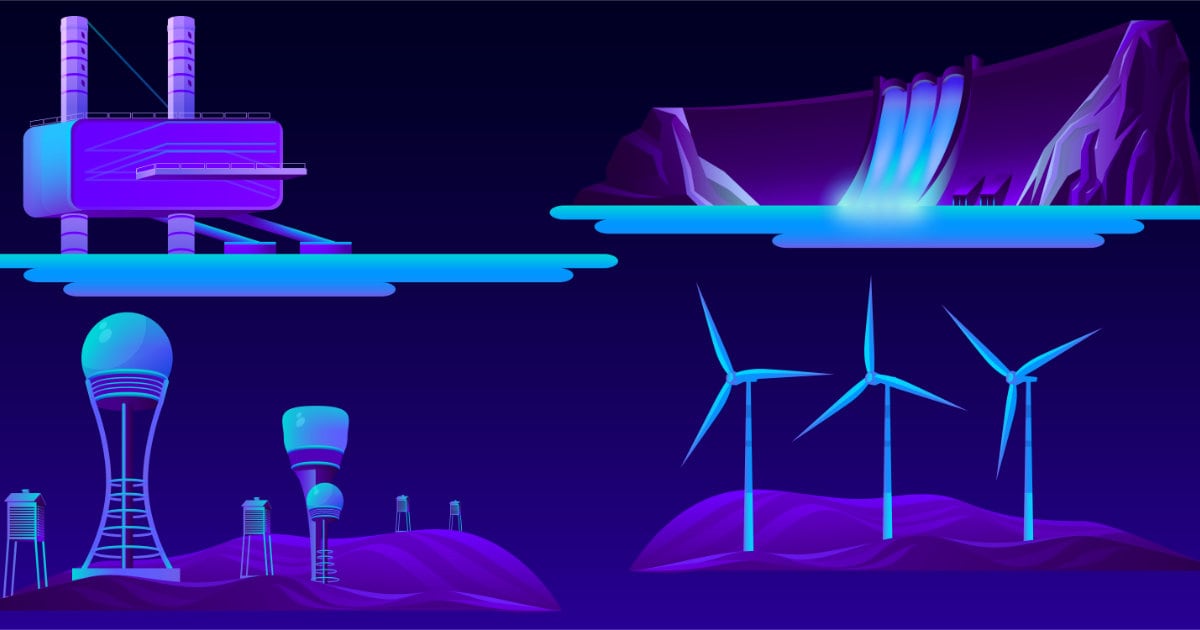
As our understanding of renewable energy expands and technology advances, the future of hydroelectric power appears promising. Innovations like tidal power and wave energy are subsets of hydro power that harness the energy of ocean currents and waves. These and other advancements offer exciting new possibilities for renewable energy.
Moreover, as climate change continues to impact global weather patterns, the importance of reliable, renewable energy sources is only expected to grow. Despite the challenges, hydroelectric power remains a significant and essential contributor to the global energy mix. It is an old yet evolving technology that continues to play a vital role in our sustainable future.
Frequently Asked Questions About Hydroelectric Power
Hydroelectric power is a type of renewable energy that harnesses the kinetic energy of flowing or falling water to generate electricity. The basic mechanism involves a dam that holds water in a reservoir. When released, the water flows through turbines, causing them to spin. This kinetic energy is then converted into electrical energy by generators and transmitted for use.
Hydroelectric power is a reliable and renewable source of energy, with the capacity for large-scale generation and the ability to start and stop quickly based on demand. It also produces no direct waste or greenhouse gas emissions. However, the construction of dams for hydroelectric plants can have significant environmental impacts, such as habitat destruction, alteration of waterways, and the displacement of local communities. Additionally, these plants have high upfront construction costs.
Hydroelectric power is one of the most efficient forms of renewable energy, with a conversion efficiency as high as 90%. It also provides a steady and reliable power source, unlike solar and wind energy, which are subject to fluctuating weather conditions. However, the potential for new hydroelectric projects can be limited by geographical and environmental considerations, whereas solar and wind power can be more widely distributed and installed.
The future of hydroelectric power looks promising with the advancement of technologies and increased focus on renewable energy. While traditional hydroelectric plants may face limitations due to environmental and geographical factors, innovations like pumped storage facilities and tidal and wave power offer new avenues for harnessing water’s power. Additionally, the potential for small-scale, micro-hydro systems could enable more localized and environmentally friendly hydro power generation.
Hydroelectric Power In The News
Sources
DOE Water Power Technologies Office: Website
National Renewable Energy Laboratory: Website
Tennessee Valley Authority: Website
U.S. Energy Information Administration: Website
U.S. Geological Survey: Website
